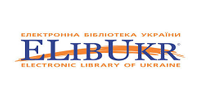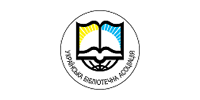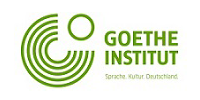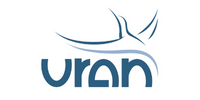Scientific work should combine compliance with the standards of journals and scientometrics databases and arouse interest among scientists, which intensifies its citation.
 First, write a plan for the article. It is necessary to draw a clear line from the purpose of the study to the result to better understand the objectives and logic of the description. Then, following a clear sequence, formulate the results and compare the relevance of the topic to the research problem.
First, write a plan for the article. It is necessary to draw a clear line from the purpose of the study to the result to better understand the objectives and logic of the description. Then, following a clear sequence, formulate the results and compare the relevance of the topic to the research problem.
 Carefully review and read the articles of your colleagues on the same topic. Focus on the bibliographic platforms Scopus and Web of Science, because they contain exactly the scientific content that appeals to the novelty, uniqueness and practicality of research. Such monitoring will help to get acquainted with the method of design and content of scientific works on a global scale, and the scientist cites relevant articles in his work. Colleagues will see your activity and may offer cooperation and feedback.
Carefully review and read the articles of your colleagues on the same topic. Focus on the bibliographic platforms Scopus and Web of Science, because they contain exactly the scientific content that appeals to the novelty, uniqueness and practicality of research. Such monitoring will help to get acquainted with the method of design and content of scientific works on a global scale, and the scientist cites relevant articles in his work. Colleagues will see your activity and may offer cooperation and feedback.
The article should be printed in "MS Word" in "docx" or "rtf" format. Each magazine has its own design style. We advise you to carefully read the requirements of the publication. However, for convenience when writing, we recommend aligning the article in width; margins: top – 2 cm; lower – 2 cm; left – 2 cm; right – 2 cm; font: "Times New Roman", its size – 12 pt; line spacing – 1.0.
It is important to pay attention to writing a dash (“-”) and a hyphen (“-”), as well as using the necessary quotation marks (“”). It is forbidden to put unnecessary indents in the text. It is not allowed to tear the surname and initials. Also, never replace characters to increase the uniqueness of the text.
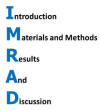 The work should be structured according to IMRAD. The structure of "IMRAD" provides the following sections: introduction – introduction, materials, and methods – materials and methods, results – results, discussion – 0discussion. You also need to make general conclusions to the work and describe them in the section conclusions – conclusions. Various modifications of IMRAD can be used to structure research in other fields of science. For example, in review articles, sections are allowed to be selected arbitrarily, depending on the information presented in the paper. But in no case is an "artificial" the structure allowed when the information provided does not match the section.
The work should be structured according to IMRAD. The structure of "IMRAD" provides the following sections: introduction – introduction, materials, and methods – materials and methods, results – results, discussion – 0discussion. You also need to make general conclusions to the work and describe them in the section conclusions – conclusions. Various modifications of IMRAD can be used to structure research in other fields of science. For example, in review articles, sections are allowed to be selected arbitrarily, depending on the information presented in the paper. But in no case is an "artificial" the structure allowed when the information provided does not match the section.
The title of the article allows you to expand the search for similar scientific papers. It is desirable that it does not exceed 12 words. If you want the title to attract attention and stand out from other works, it should be composed as follows:
– there is an emphasis on the goals and objects of research;
– accurately expresses the essence;
– without abbreviations, only if they are not well known;
– arouses interest and intrigues readers.
Each scientific article should raise a topical issue and have its own novelty. The text of the scientific work is an in-depth analytical material that reveals and describes the whole essence of the research with examples of the obtained data. Reviewers of international databases carefully look at the results, which will be an important contribution to world science in a particular subject area.
The annotation reflects the summary of the scientific work. It must be properly structured according to the following parameters: relevance of scientific research; goal; methods used to achieve this goal; main results of work. It is important to indicate the recommendations and the audience for whom the research will be useful. Based on the read annotation, other scientists will draw conclusions about the article: to continue to get acquainted with scientific work or find other materials on this topic. Translation of the annotation into English will allow foreign scholars to get acquainted with it. The abstract should contain from 150 to 300 words.
These words are the meaning of scientific work. Thanks to them, other authors find it easier to find the necessary materials in electronic databases. These 4-6 words and phrases are prescribed immediately after the annotation. They should reflect the field of science, topic, purpose and object of research, but no word should repeat the title of the article.
The introduction is very important and difficult to describe the section of the article. It is necessary to show the value of the experiment for the scientific community, to formulate the main theses and to tell about previous research on this topic, as well as to identify the main tasks and hypotheses. This section should not contain "water" and general information. Mandatory criterion – at least 5 references to literature.
In the section Materials and methods, the scientist describes the whole research process. It indicates the materials and methods, tools that were used when writing the article. It is important to clarify in the work: it is an experiment or theoretical research. If you don't know where to start, check out other articles on similar topics.
Results the section in which it is necessary to register the received results. Conclusions should be presented in the form of figures or tables and consist of clear data obtained during the scientific work. The author can re-specify the purpose and methodology, and even prescribe difficulties, if any, during the work.
In the Discussion section, the scientist evaluates the results and explains how these results were obtained. He analyzes them, draws conclusions, and gives the necessary recommendations for the study of this topic. In addition, draws parallels with the results of other studies and determines the relationship between them. Based on the strengths of the study, the author shows the weaknesses that need to be refined and talks about the practical and theoretical use of the experimental results. The scientist draws conclusions and describes further prospects, research opportunities.
At the end of the work, in the section Conclusions, it is necessary to summarize the scientific experiment. What is the significance of the acquired knowledge for the scientific world and how it can be applied in practice. The author writes recommendations to scientists who conduct research in this field, and who will need this article.
Illustrations and drawings should be unique, informative and logical. The image expansion must be at least 300 dpi. It should be noted that in scientific works all graphic material (graphics, diagrams, illustrations, drawings) is called drawings (Figures). They are numbered in the order in which they are mentioned in the text. Each figure must have a title and a reference to it in the text.
Each table is compiled in "MS Word", has its own serial number and title. Graphs and charts are created using the editors "MS Excel", "Adobe Illustrator" or "Corel Draw". According to the table are divided into two types:
Analytical. They demonstrate the analysis of digital data. Below them are the results of the results, based on the indicators in the table.
Non-analytical. These data are mostly unprocessed, they are provided only for general information or ascertainment of facts.
Reference is a bibliographic list that mentions the sources of information used when writing the article. They should be cited in the article itself and reflected in the list of sources used in alphabetical order or the order of mention in the text. In most cases, the literature must be designed under the international format of the ARA 6th edition. References are a section of an article for which scientometrics databases exist.
All technical indicators in the work should be correct if the article is submitted to journals that are part of Scopus or Web of Science. Therefore, the LaTeX conversion format was introduced to improve performance. This program is very versatile, it helps to control the amount of text in one paragraph, arrange hyphens and spaces, create tables and lists, simplify the work with cross-references and more.
Many scientists recommend writing an article in parallel with the experiment, rather than after, which will help to more easily control the volume and design rules. Sections should be about the same size, only discussions and conclusions can be larger. The volume of the article is at least 3500 words.
The text should be written in scientific but understandable language for other researchers. In the quality material, there is conciseness, clarity, and clarity of presentation. Information is available, accurate, without unnecessary data. Words and sentences are logically constructed, thoughts are structured and complete.
Journal reviewers follow the uniqueness of scientific works very strictly. The article cannot be published more than once, the originality of the text must be at least 85%. If this requirement is not met, the scientist will be denied publication of the article. We do not recommend checking the text yourself. There are many systems on the Internet that uniqueness test, but they do not show the true percentage of copies. It is better to contact a consulting company that audits the article. The organization's editors track uniqueness with the help of special software that guarantees accurate performance.
Quite often in scientific works, you can find professional terminology, stationery, and abbreviations. The latter must be deciphered immediately after the first mention in the text. But there is no need to abuse the terminology, it can complicate the understanding of the material by other scientists.
Reviewers often deny a scholarly publication because of an inaccurate translation. There is complex terminology in scientific works, so it is better to give the text to a professional translator, who will not only make the appropriate translation quality but also send it to the native speaker for correction (proofreading). This double stage of work on the article guarantees a high evaluation of the translation by reviewers of international databases.
The percentage of self-citation should not exceed 12%. Sometimes in scientific work, it is impossible to avoid self-citation if the research topic is narrow enough. The main thing is not to exceed the established limit, because reviewers may notice that this was done intentionally, so much work will be perceived as plagiarism.
When submitting an article to the editors, it is necessary to correctly indicate the most important data of the scientist: name and surname; scientific degree, academic title, position, place of work; settlement and country; ORCID ID; Researcher ID; email.
Also, carefully check the data in the author's profile for correct indexing in the scientometrics database. And, if there are mistakes, try to correct them by contacting the editor of the publication or research and consulting company.
If the article is co-authored, you must provide data for all authors (name, department name, university name, postal and e-mail addresses). It is important that the article lists all the co-authors who have made a significant contribution to the experiment, but no more than 5 scientists are allowed.
Number and order of authors in co-authorship.
All scientists who submit their work to international journals should be aware of their responsibility for the accuracy of the results obtained during the experiment. Their work will be read by thousands of scientists and used in their research, continuing experiments.
Submitting a scientific paper to several journals at the same time is prohibited by publishing ethics. It is not allowed to change the text of the article or translate it into another language for publication in two journals at the same time. Such attempts are punishable by blacklisting the scientist.
Today, almost every journal requires that the scientific work be designed and submitted electronically via e-mail or through a special submission system. But there are also editions whose requirements state that the author must submit a paper version of the article.
The scientist, before submitting the article to the editors, must prevent all possible conflicts of interest that may arise and in some way affect the results of other researchers, disclosing this in his article.
In your work, you need to clearly describe the results so that they are useful to other scientists, are important, and scientists can easily reproduce the study based on the findings. Be careful not to infringe on the copyrights of other scholars when writing, using, or quoting their materials in their work. Each manuscript must be different from the others and have its novelty. And the active scientific activity of the scientist, in the form of grants and useful researches, and numerous publications, will help him to apply for financial support, to continue searches, to realize scientific ideas and discoveries faster and easier.
The article must correspond to the topic of the publication. The author should carefully check all his data to make sure that he follows the chosen course and does not take everything in print. Because such actions of magazines may raise the question of whether this publication is "predatory" and that it publishes only for financial gain. Track journal metrics that are different in each scientometric database to make them real and reliable.
When preparing an article for submission for review, you should carefully read all the requirements of the journal to which you submit the manuscript, as each publication may have different criteria. You can find this information on the magazine's website or ask the editor to provide this information.
The article has been published, but it is not yet a cause for joy. It is necessary to wait until the moment of indexing, and if there are any problems, immediately start solving this issue yourself or with the help of a professional mediator who works in the field of scientific consulting and helps scientists solve difficulties with publication problems.
The material provided by the journal "Science and Metrics"


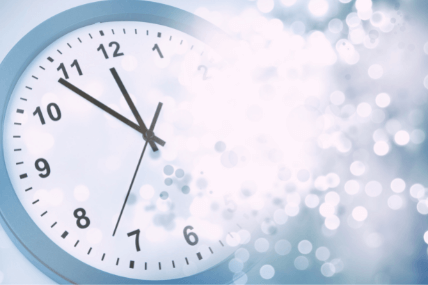


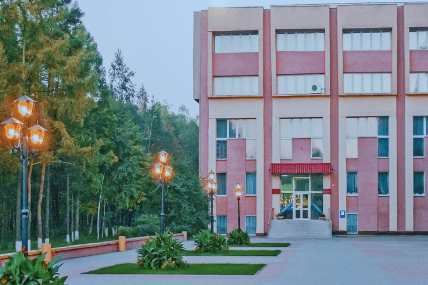


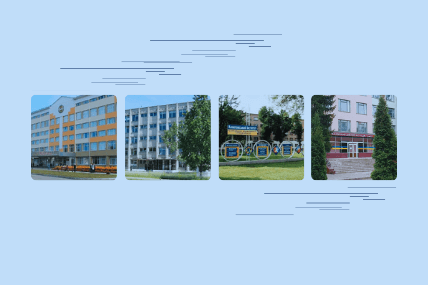
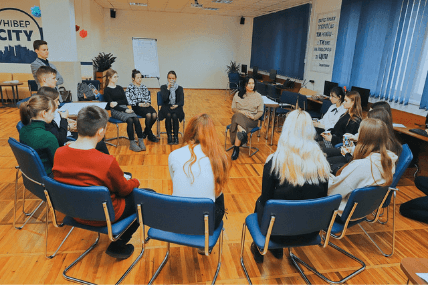
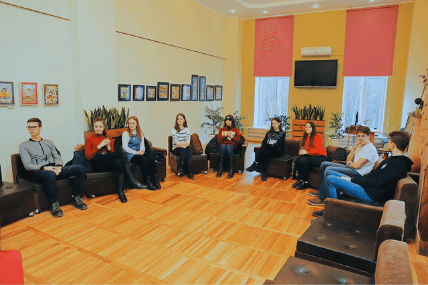





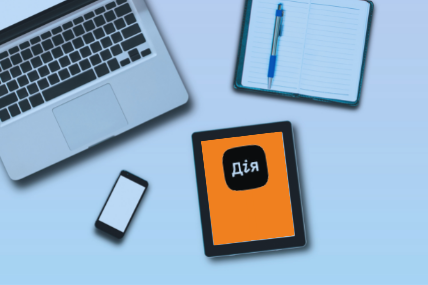


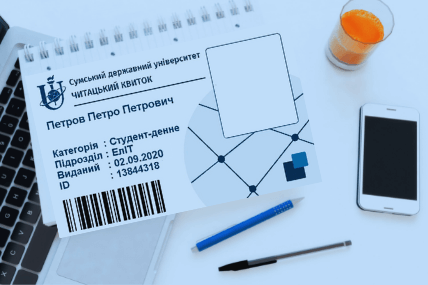




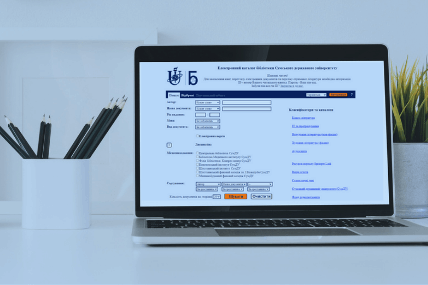

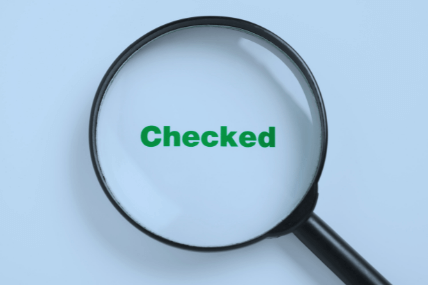
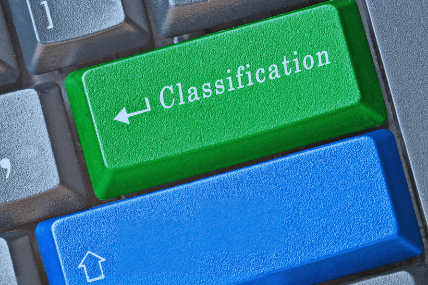


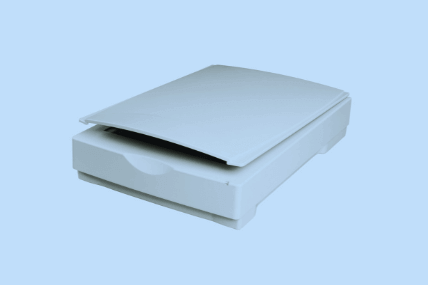








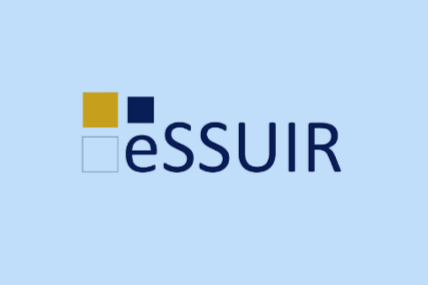

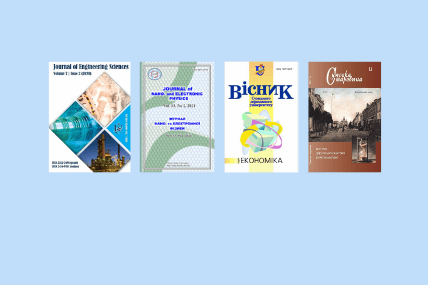
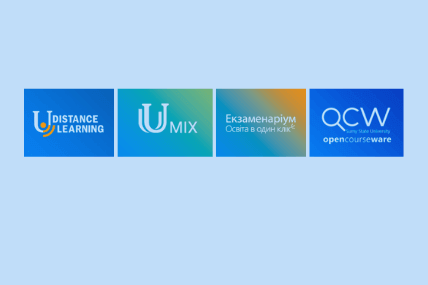



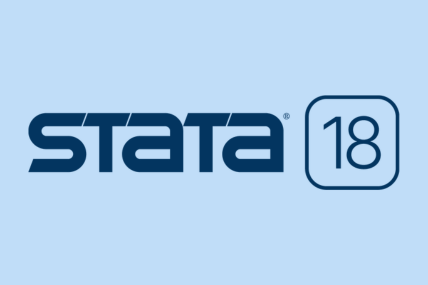
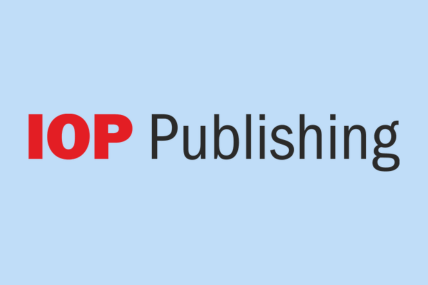
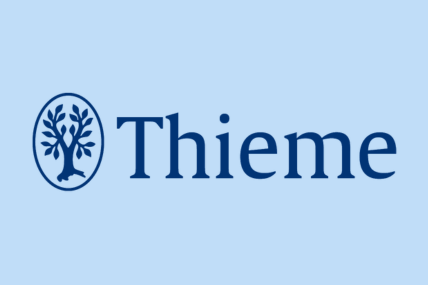




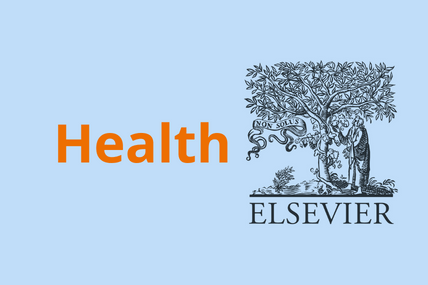


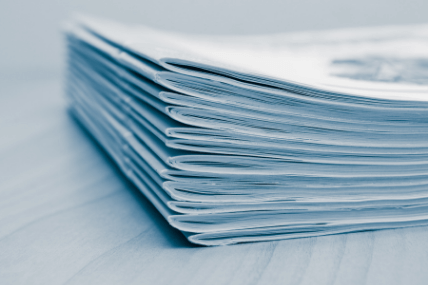
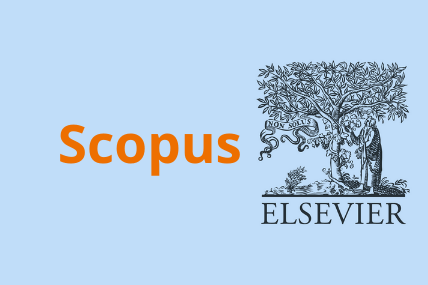
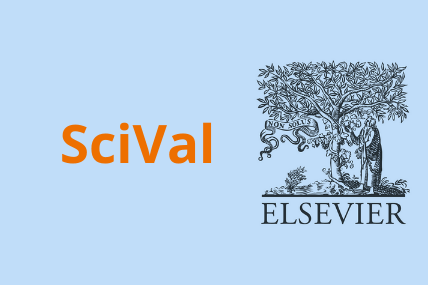
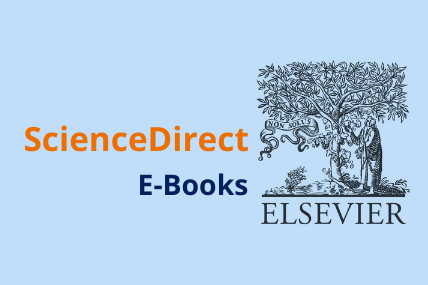
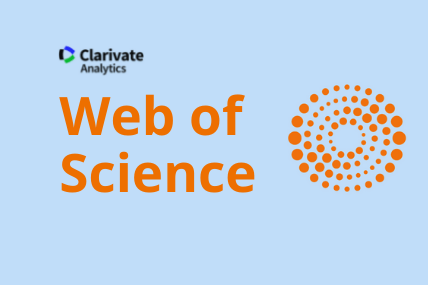
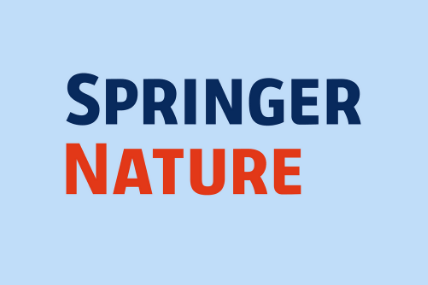

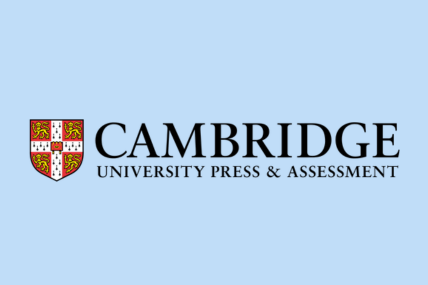

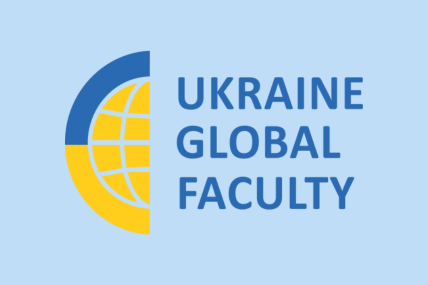




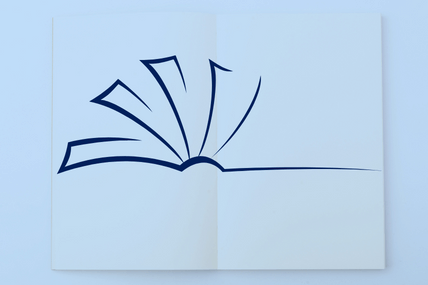








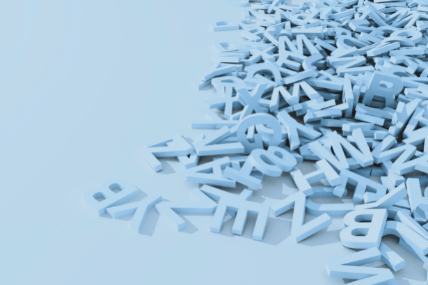
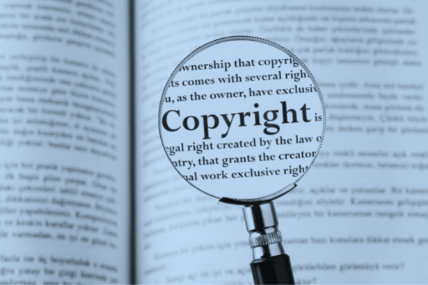

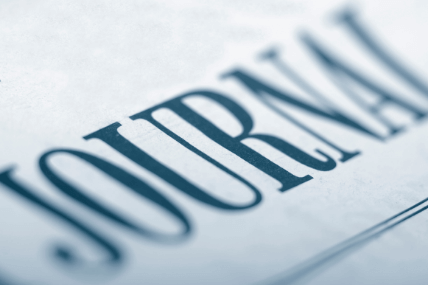



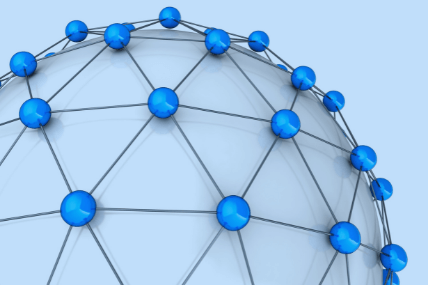



 eng
eng  укр
укр 


